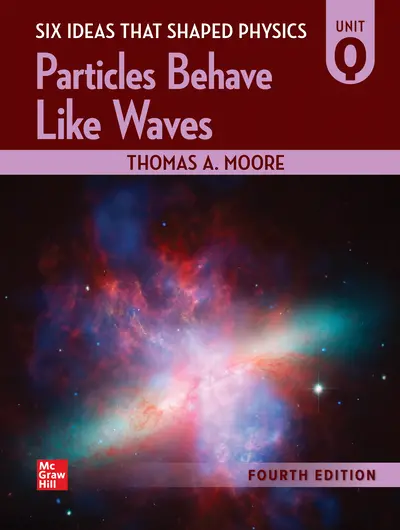My Account Details

ISBN10: 1264877331 | ISBN13: 9781264877331

* The estimated amount of time this product will be on the market is based on a number of factors, including faculty input to instructional design and the prior revision cycle and updates to academic research-which typically results in a revision cycle ranging from every two to four years for this product. Pricing subject to change at any time.
Instructor Information
Quick Actions (Only for Validated Instructor Accounts):
Six Ideas that Shaped Physics is comprised of six units, providing a unique approach to a two- or three-semester calculus-based introductory physics course. The text is designed to teach students to apply basic physical principles to realistic situations, and to resolve contradictions between their preconceived notions and the laws of physics. Through integrated practice, students learn to solve realistic problems, and organize the ideas of physics into an integrated hierarchy.
The six units are:
Unit C: Conservation laws constrain interactions
Unit N: The laws of physics are universal (Newtonian mechanics)
Unit R: The laws of physics are frame-independent (Relativity)
Unit E: Electricity and magnetism are unified
Unit Q: Matter behaves like waves (Quantum physics)
Unit T: Some processes are irreversible (Thermal physics)
Q1 Wave Models
Q2 Standing Waves and Resonance
Q3 Interference and Diffraction
Q4 The Particle Nature of Light
Q5 The Wave Nature of Particles
Q6 Spin
Q7 The Rules of Quantum Mechanics
Q8 Quantum Weirdness
Q9 The Wavefunction
Q10 Simple Quantum Models
Q11 Spectra
Q12 The Schrodinger Equation
Q13 Introduction to Nuclei
Q14 Nuclear Stability
Q15 Nuclear Technology
Need support? We're here to help - Get real-world support and resources every step of the way.